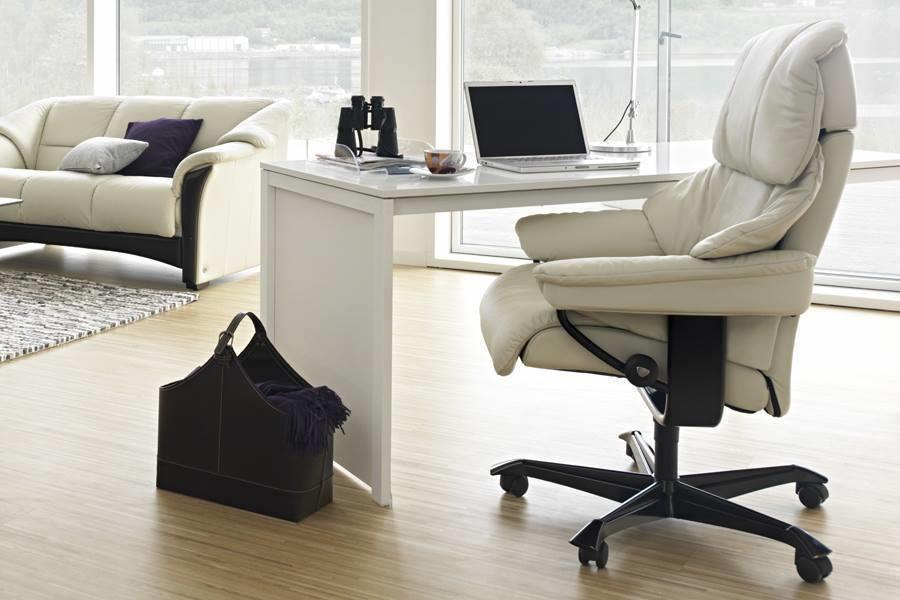Call us now on: 01254 375983
Call us now on: 01254 375983
0%Interest finance available
6 Ways To Improve Productivity When Working From Home
UPDATE: A lot has changed in the world since we originally posted this blog and it's now more timely than ever, with many people forced to work from home, so make sure you're doing it the right way.
Thanks to changing attitudes and ever-improving digital technology, the amount of Brits working from home is on the rise – and expected to continue to increase over the next few years, with up to half of the UK workforce expected to be working remotely by 2020, according to recent data from the Office of National Statistics (ONS).
Although proven to help with moral levels, it can sometimes be hard to keep productivity levels as high as they would be in an office.
Read on to discover ways to transform your home workspace to keep motivation and productivity levels high. There are also helpful tips on how you can avoid troublesome back and posture-related issues that naturally rise with the number of remote workers.

Pictured Stressless Office Chair: Reno Office Chair
Let there be light
The right type of lighting in a home-based office can make a huge difference. Not only can lighting contribute to health and productivity, but it can also hugely affect our moods. Artificial, harsh lights can cause headaches, drowsiness and fatigue, as well as tired, strained eyes. Natural light is the best option – not only does it help with the quality of our eyesight, but it can also boost energy levels and general mood.
It’s all in the angles
Posture is the key to avoiding long-term back and neck pain. Wrists and hands should be in line with your forearms, don’t rest your wrists at an upward height. Keeping your computer on a desk, with room to rest your arms and wrist will stop joints being under stress.
Your head should be level and facing forward, not off to one side, with your eyes looking slightly downward, at a point between the middle and top of your monitor. Shoulders should be relaxed, not hunched up, with your upper arms hanging naturally at your sides. This means using a chair that matches the height of the table, not hunched over a coffee table or on a stool taller than your table.
Make a drink and move
Getting absorbed in work is easy to do, and not moving until you meet a looming deadline is common but taking regular breaks and standing up from your seated position is a great way to improve your posture and reduce the chance of injury. Getting a glass of water or putting the kettle on at regular intervals not only keeps you hydrated, but it releases the pressure on muscles and joints.
Improvise with accessories
If you are using odd-shaped furniture, use a cushion to raise your sitting position or create a makeshift footrest using an empty box. Your knees should be slightly below your hip level, and feet flat on the floor or a footrest.
A flexible layout
Keeping your furniture dynamic enough to be moved around can have real benefits. Often our bodies don’t respond well to fixed positions, so investing in a home office that you can easily switch around could help those aches and pains.
Opt for a classic office chair with casters for ultimate freedom of movement. A wheeled chair with a swivel function allows you to easily manoeuvre around the space, perfect for quick on-the-go living.
Art is therapy
Having art in your working space will help to create a space that you’ll be proud to walk into every day. Art not only offers a mental and visual break throughout the working day but it can also inspire new ideas and increase output. If you choose art that makes you feel good, whether that’s something subtle and calming, or vibrant and strong – you can’t go wrong.
Visit https://www.taskers.com/office for our full range of home office furniture.
Stay up to date with the latest trends, sales, competitions and more by following our social media pages:










